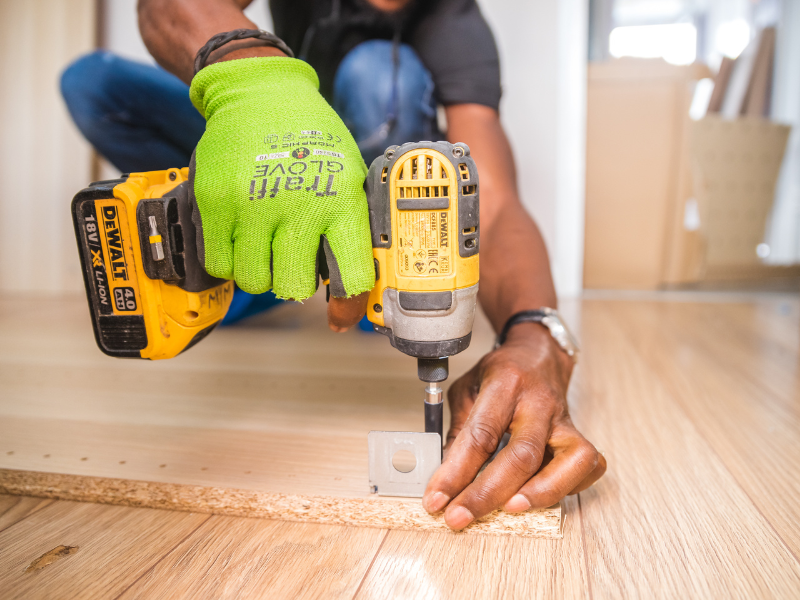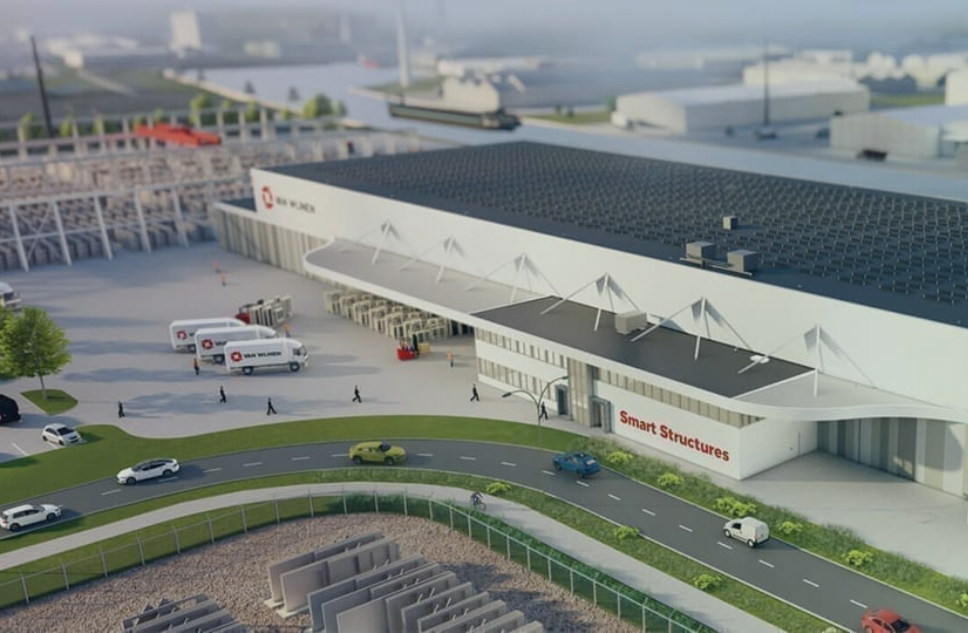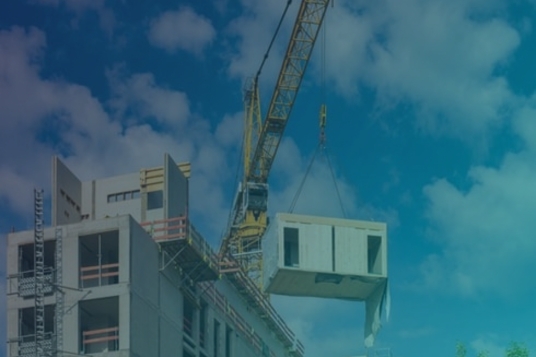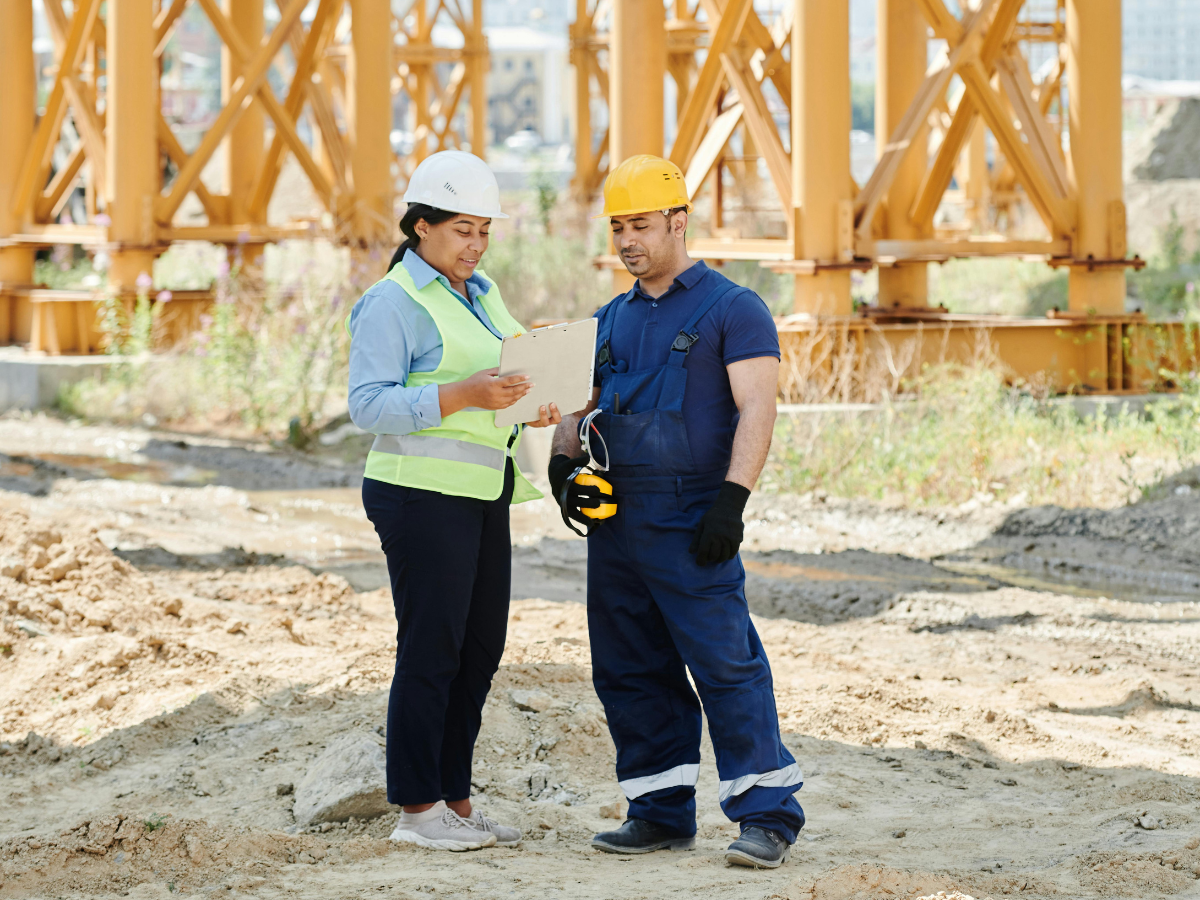Hennes de Ridder about modular construction: 'Legoisation'
Last edited on Jul, 08 2024 10:58:02 AM
Reading time: 6 minutes
Written by Adem Karademir
Table of contents
Share article

Hennes de Ridder is an Emeritus Professor of Integral Design at TU Delft. As a 'construction critic', he is frustrated by the constant reinvention of the wheel in the sector. We talked to him about how modular construction or 'Legoisation' could push the sector to new levels.
"Construction is hierarchical, just like the military. From the highest-ranking general to the soldier, there are sixteen ranks. It’s the same in construction. The organizations are traditional. The product, a building, is complicated. The hierarchical and operational barriers create a structure of operational islands, between which many interfaces exist. Everything is separated from each other and ultimately connected by interface solutions."
"With Lego, you can build anything, again and again."
De Ridder advocates for the 'Legoisation' of the construction sector. "With Lego, you can build anything, again and again. It always fits, even after a hundred years." He is not advocating for modular building with proverbial Lego blocks. ' Legoisation' connects the operational islands in the construction chain, transforming interfaces into fully-fledged and interactive relationships.
Termite mounds, a prime example
He compares the construction of termite mounds: "Termites build more intelligently than humans. Their mounds are made of grains of sand and saliva. Every mound has the same structure, but no two are identical. The grains are arranged to create a ventilation system with the ground that keeps the interior temperature below 31 degrees. And if the mound no longer meets the needs, it turns back into grains of sand, material for a new mound."
Reuse of knowledge and elements
Analogous to these natural systems, we can create buildings as complex systems. De Ridder explains, "We can do this if we make all elements interactive and connect them to fixed structures through relationships. With a relatively fixed structure, we can add variation to the elements, followed by selection and reproduction. Thus, reusing elements and knowledge with a variable prototype that captures the behaviour knowledge of the complex building."
"You don't need to build from scratch."
When the parameters are correct, it is no longer necessary to start each construction project from scratch. Meanwhile, it allows for plenty of variation in the purpose, function, and form of buildings. This 'parameterisation' makes it possible to build smarter and faster. De Ridder: "All over the world, the auto industry places the gas pedal on the right and the brake pedal to the left of it. There is never any debate about it. Why can't this be the case in the construction world? Fixed structures help."
Embrace industrial work
Amidst all this, the professor advises the construction world to look inward: "Change is necessary. Why is there such a lack of trust in the supply chain? Organise competition, it is high time to deal with the fictitious lowest price. Pay serious attention to the culture: from reactive to creative and responsive, with a 'bottom-up' approach instead of top-down. Focus on the product, instead of the process. Embed knowledge in a PKM, a 'parameter knowledge model', instead of in a BIM. And finally: embrace industrial work, instead of traditional craftsmanship."
More about working smarter in the construction industry? Do check out services and solutions here.
Last edited on Jul, 08 2024 10:58:02 AM
Reading time: 6 minutes
Written by Adem Karademir
Share article
Also see..
OverviewTransforming from Static Blueprints to a Dynamic Digital Factory
Van Wijnen is a Dutch company in the construction sector, committed to environmentally friendly...
Read more ⟶Construction Problems? Solve it by Building Modularly
We have good and bad news for the construction industry in the Netherlands. The good news: there is...
Read more ⟶How Can Digitalisation Address the Labour Shortage in Construction?
How can we build 900,000 new homes by 2030? This is the significant challenge facing the...
Read more ⟶


